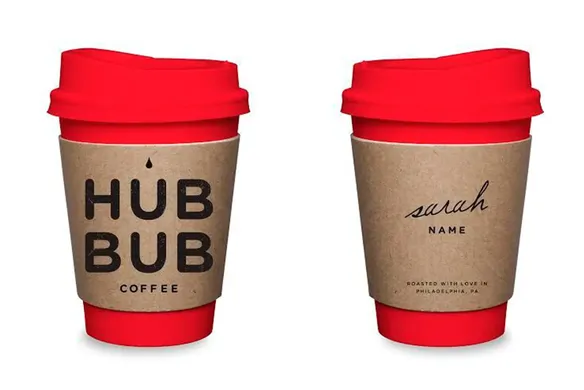Marketing and advertising don’t always need to cost an arm and a leg. New small business owners often turn to guerrilla marketing tactics as an intelligent and cost effective way to run promotions. Our new guide can help you understand which guerrilla marketing strategies will work for your business:
What is guerrilla marketing?
Guerrilla marketing (not to be confused with gorilla marketing, the strategy commonly employed by zoos) is an unconventional and typically low-cost way to advertise your product or service. It’s about capturing the attention of potential customers using a fresh and creative approach that generates buzz and excitement around what you’re selling.
Common features of guerrilla marketing
The most important ingredient in a successful guerrilla marketing campaign is passion — if you don’t have passion for what you’re selling, it’s going to be hard to get other people excited about it. Guerrilla marketing also requires you to think boldly and creatively. Guerrilla campaigns are usually cheaper than traditional marketing campaigns, which means you can try a few different approaches and see what works best. Successful campaigns need to be audacious and brave, particularly when you’re trying something that might be a little out of left field. Once you’ve nailed a format, you can keep replicating it until it stops yielding positive results.
Examples of successful guerrilla marketing strategies
Did you ever glue a coin to the sidewalk when you were a kid, just to watch people try to pick it up? Well, that old trick was probably the inspiration behind Loctite’s Super Glue 3 campaign. The company glued actual coins to the street and when people reached down to pick them up they’d not only find out they’d been conned, but they’d also see the Loctite logo right there next to the coin.
Colgate came up with a creative way to remind people of the importance of brushing their teeth, especially after eating sweets. They hid little reminders inside ice-cream bars. Once people finished the bars, they’d find wooden sticks shaped like toothbrushes with Colgate’s branding on them.
A step-by-step guide to guerrilla marketing
Are you raring to go yet? Here’s a simple and effective way to create some guerrilla marketing tactics for your small business:
- The first step in creating a guerrilla marketing strategy is thinking about your brand. What kind of image and values do you want to project? Who is your target market? This should be the foundation of any marketing you do, and it’s just as important now.
- Next, host a brainstorming session. Get everyone involved in the same room together, and stand up at the front with a whiteboard. Invite participants to throw out as many ideas as they can think of — no matter how crazy. Nothing is off limits at this stage of the process.
- Once you’ve listed all your ideas, it’s time to refine them. Then dismiss the ones you think won’t work and create a succinct list of the best ideas.
- Discuss how these ideas might work in practice. Think about the costs associated with each one, what it will take to pull it off, how many people it will reach, what it will say about your brand, and any potential risks. In other words, analyse every idea from every angle. It’s important not to rush this process — give each idea time to develop.
- Once you’ve settled on your idea, it’s time to think about how to implement it. Here are some general rules: You want to achieve maximum effect, so location is important. Where are the crowds? Or, more specifically, where are the crowds of your potential customers? If your campaign involves some kind of public spectacle, you might also want to think about filming it so that you can upload it to the internet later, which allows you to reach a far larger audience.
How do I know if my guerrilla marketing is working?
This is one of the age-old questions of marketing, but for most small business owners (who are often short on time and budget), it’s a critical one. Once you’ve run your guerrilla marketing campaign, you can use sales and customer data from your point-of-sale system to get a 360-degree view of the impact it has had on performance. Square’s free point-of-sale app comes bundled with powerful analytics and reporting tools you can view in Square Dashboard. These tools should help you make informed decisions about how your guerrilla marketing is working, and whether it might make sense to improve upon it or try something else.
Ultimately, guerrilla marketing is about having fun. If your campaign reflects your passion for your business, chances are good that passion will show up in whatever campaign you choose to run with.
This is part four of our Business Plan series. Previous editions include guides for competitor analysis, cash flow statements and business operations.
Related Articles
- How to Make Social Media Work for Your Small Business
- How to Amplify your Small Business with Instagram
- Why Your Small Business Should Accept Card Payments
![]()











